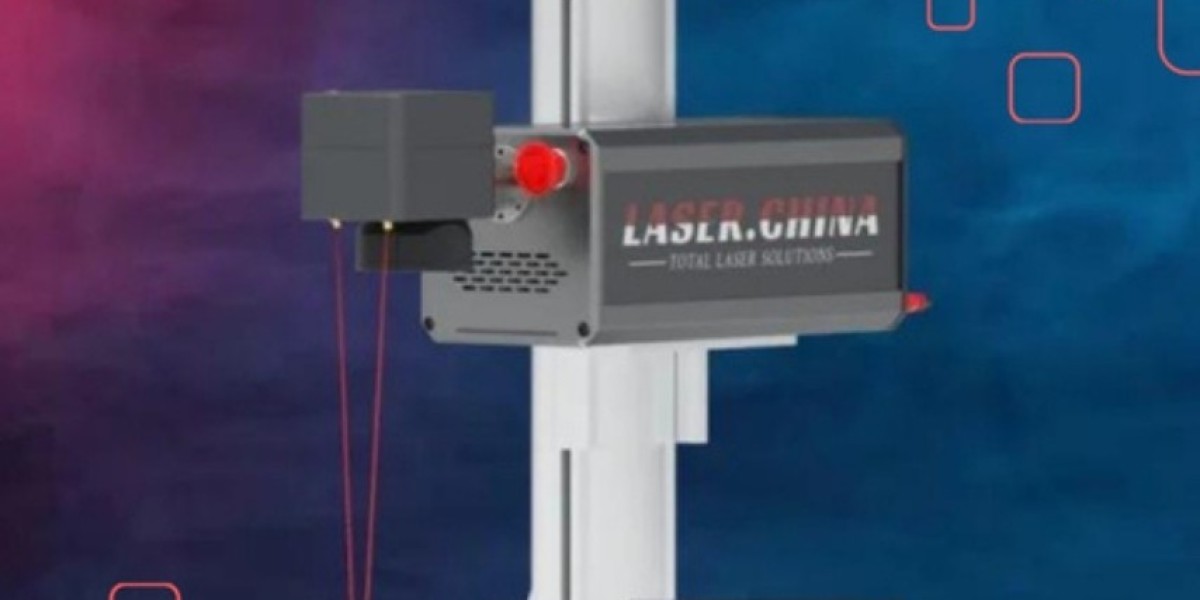A laser cutting and welding machine is an advanced piece of equipment that combines the capabilities of both laser cutting and laser welding in a single system. This versatile machine leverages the precision and power of laser technology to perform two distinct functions: cutting through materials and welding them together. These machines are becoming increasingly popular in industries such as automotive, aerospace, metal fabrication, and electronics, as they provide a high level of accuracy, efficiency, and versatility. In this article, we will explore how a laser cutting and welding machine works, the advantages of integrating these two processes, and how it compares to traditional cutting and welding methods.
What is a Laser Cutting and Welding Machine?
A laser cutting and welding machine uses a focused laser beam to either cut or weld materials, depending on the task at hand. The laser beam is produced by a laser source, such as a fiber laser or CO2 laser, and is directed through a series of mirrors and lenses to focus the beam onto the material being processed.
- Laser Cutting: When performing cutting, the laser beam melts, burns, or vaporizes the material, creating a clean, precise cut. The process is assisted by a gas (like nitrogen, oxygen, or compressed air) that helps blow away the molten material and ensures a smooth, clean edge.
- Laser Welding: For welding, the focused laser beam creates enough heat to melt the material at the weld joint, causing it to fuse with the surrounding material. The result is a strong, durable bond. The machine can often operate without filler material, although it can be added when necessary.
The key advantage of combining both cutting and welding in one machine is that it streamlines production processes. Manufacturers can perform both operations without switching between different machines, which saves time, reduces setup costs, and increases overall productivity.
How Does a Laser Cutting and Welding Machine Work?
The basic functionality of a laser cutting and welding machine revolves around the ability to switch between cutting and welding modes. The process typically involves:
- Laser Generation: A laser source, such as a fiber laser, generates a high-intensity laser beam. The beam is usually guided through fiber optics or mirrors to direct it to the material.
- Beam Focusing: The beam is focused on the material to either cut or weld it. The focal length and power of the laser can be adjusted to suit the specific task. For cutting, the beam might be focused to a smaller, more concentrated point, while for welding, the focus may be adjusted to create a larger area of heat to melt the material at the joint.
- Gas Assistance: During the cutting process, a gas like nitrogen or oxygen is directed at the material to assist in blowing away molten material and ensuring a cleaner edge. For welding, the process may require filler material, or it can operate using just the laser beam to form the joint.
Advanced systems allow operators to easily switch between cutting and welding modes using the machine’s control software, making it adaptable to various tasks within a production line.
Advantages of a Laser Cutting and Welding Machine
- Space and Cost Efficiency: By integrating both cutting and welding functions into one machine, manufacturers save on both floor space and the cost of purchasing separate machines. This integration also reduces maintenance costs, as only one system needs to be maintained.
- Increased Productivity: The ability to cut and weld on the same machine allows for smoother production flows, as workers do not need to move parts between different machines for each process. This leads to faster turnaround times and greater operational efficiency.
- Precision and Quality: Laser technology is known for its high precision. The focused laser beam can make very fine cuts and welds, resulting in smooth, clean edges and minimal distortion. Laser welding, in particular, creates high-quality, strong joints with minimal heat-affected zones (HAZ), making it ideal for thin materials.
- Reduced Heat Input: Both laser cutting and welding require less heat input compared to traditional methods, such as plasma cutting or MIG/TIG welding. This reduction in heat prevents warping, discoloration, and other defects that can occur in heat-sensitive materials.
- Versatility: These machines can work on a variety of materials, including metals (such as steel, aluminum, and titanium), plastics, and even ceramics. This versatility makes them suitable for a wide range of applications, from intricate electronics assembly to heavy-duty industrial manufacturing.
Applications of Laser Cutting and Welding Machines
Laser cutting and welding machines are used across various industries, such as:
- Automotive: For welding components like exhaust systems or cutting intricate parts for vehicle bodies and interior parts.
- Aerospace: Used to weld and cut precision parts for aircraft and spacecraft, where accuracy and strength are critical.
- Electronics: For cutting and welding small, delicate components like circuit boards, connectors, and housing.
- Metal Fabrication: Used in sheet metal fabrication, structural welding, and cutting parts for machinery and equipment.
Comparison to Traditional Methods
When compared to traditional welding and cutting methods (such as MIG welding, TIG welding, and plasma cutting), laser cutting and welding machines offer several significant benefits:
- Precision and Cleanliness: Laser cutting and welding produce cleaner results with less material wastage compared to traditional methods. MIG and TIG welding, for example, often require more post-weld cleaning due to the formation of slag, while laser welding minimizes this issue.
- Speed: Laser cutting and welding tend to be faster than their traditional counterparts. The laser beam can process materials quickly, reducing production time and increasing throughput.
- Lower Operating Costs: While laser cutting and welding machines have a higher initial cost, they tend to be more energy-efficient and require less maintenance over time, which can lower operating costs in the long run.
- Flexibility: Laser systems can easily switch between cutting and welding without requiring significant retooling or setup changes, while traditional systems often require separate machines or setups for each process.
Conclusion
A laser cutting and welding machine is an advanced, multifunctional tool that combines the processes of cutting and welding into one system. By using focused laser beams, these machines provide precision, speed, and efficiency, making them a valuable asset in industries ranging from automotive to electronics. The ability to seamlessly switch between cutting and welding processes saves time, reduces costs, and increases productivity. Though the initial investment may be higher than traditional methods, the long-term benefits of laser technology—such as reduced heat input, minimal material waste, and superior quality—make these machines an excellent choice for high-precision manufacturing needs.









